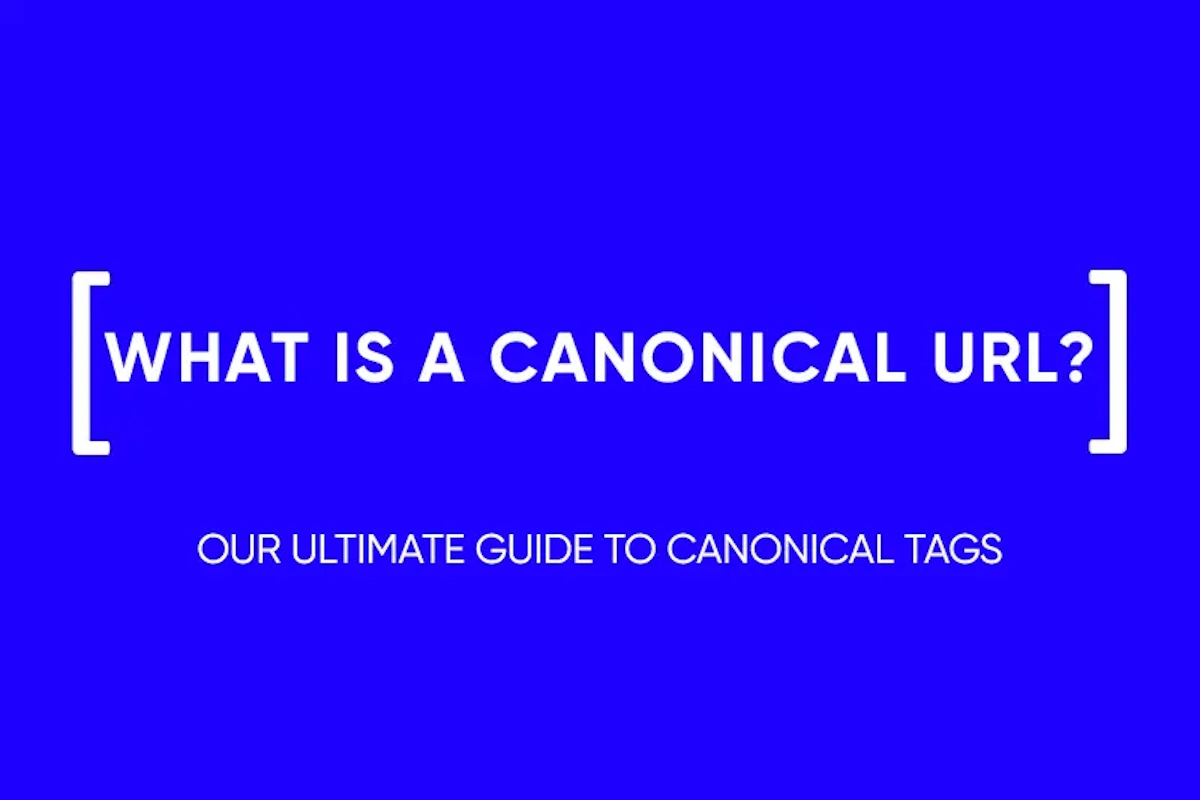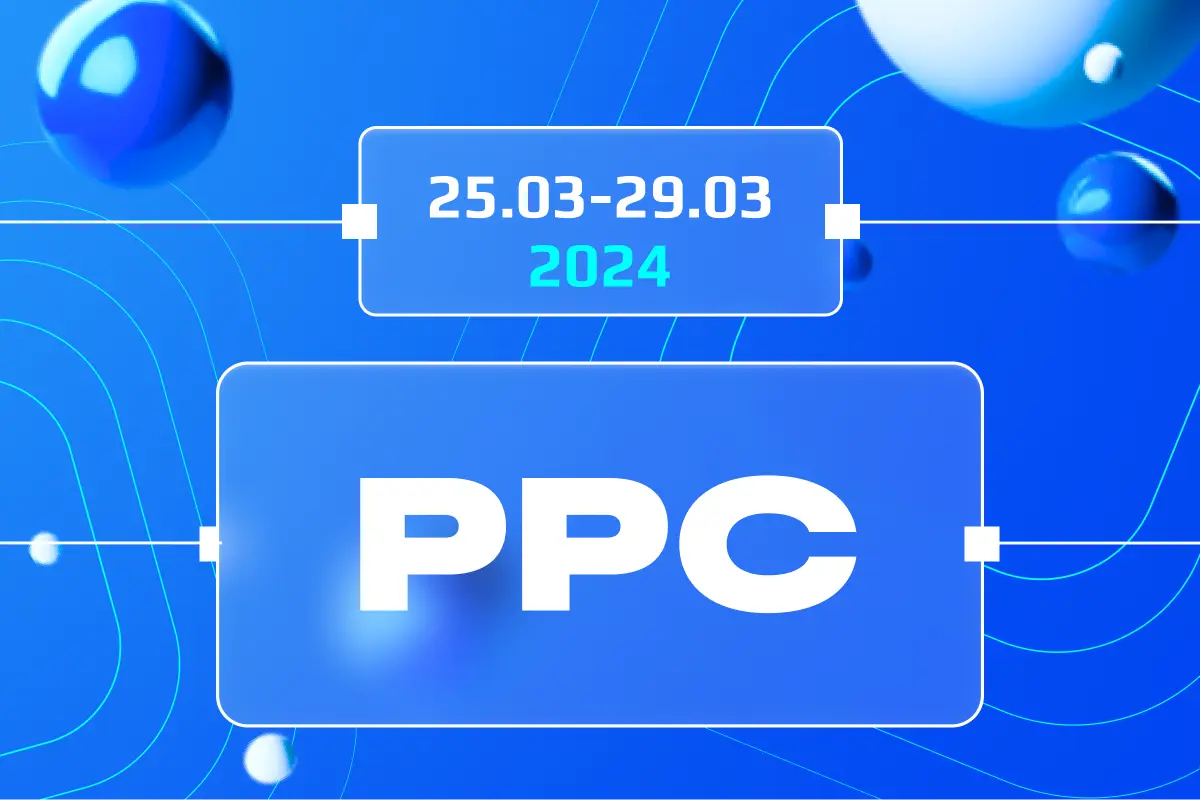Crawl Budget For SEO: Why Is It Important?
Crawl budget, a term pivotal in the realm of SEO and website optimization, refers to the number of pages a search engine like Google allocates to crawl on a website within a certain timeframe. This concept is vital for website owners and SEO specialists because it directly influences how often and how thoroughly a site’s content is indexed and updated in search engine results.
Do Crawl Budgets Affect SEO?
Understanding the impact of crawl budgets on SEO is crucial. A site with a high crawl budget is more likely to have its pages frequently visited and indexed by search engines. This frequent indexing can lead to more up-to-date content in search results, which is beneficial for both the visibility and relevancy of a website. Conversely, if a site is allocated a low crawl budget, significant portions of the site may remain unindexed, thereby affecting the site’s overall SEO performance.
How Does Google Determine the Crawl Budget?
Google’s determination of a site’s crawl budget is a complex process, influenced by a combination of factors that ensure the efficient allocation of crawling resources.
Crawl Demand
Crawl demand is one of the primary factors influencing a site’s crawl budget. It encompasses the popularity of a site and its pages, as well as the freshness of its content. Google tends to allocate a higher crawl budget to sites that frequently update their content and those that receive a higher volume of traffic, as these are indicators of the site’s value and the demand for its content.
Crawl Rate Limit
Another key factor is the crawl rate limit, which serves as a threshold to prevent Google’s crawlers (Googlebot) from overwhelming a site’s server capacity. This rate limit is set based on how quickly a site can load and how much server traffic it can handle without compromising user experience. A site with robust server infrastructure and quick load times can handle more frequent crawling, thus potentially increasing its crawl budget.
How Does the Crawling Process Work?
The crawling process is a fundamental aspect of how search engines like Google discover and index web content. Crawling begins when Google’s bots, known as Googlebot, visit a website. These bots follow links from one page to another, effectively mapping the site’s structure. The information gathered during this process, including the content and metadata of each page, is then indexed. This indexed data is what appears in search engine results when users perform a search. The efficiency and thoroughness of this process are greatly influenced by the site’s crawl budget.
How to Check Your Crawl Activity
Monitoring your website’s crawl activity is essential for understanding how search engines are interacting with your site. There are several tools and methods to check this activity, providing valuable insights into the effectiveness of your SEO efforts.
Over-Time Charts
Over-time charts are a useful tool for visualizing your website’s crawl activity. These charts display the frequency of crawls over a specified period, allowing webmasters to identify patterns, such as increases or decreases in crawl rate. This data can be accessed through tools like Google Search Console, offering a straightforward way to monitor crawl trends.
Grouped Crawl Data
Grouped crawl data provides a more granular view of crawl activity, segmenting data by page type, response code, or other relevant criteria. This segmentation helps in identifying which sections of your site are being crawled more frequently and which ones are being neglected, enabling targeted optimizations.
Host Status
Host status information is vital for identifying any server-level issues that might affect crawling. This includes server errors, accessibility problems, or any other factors that could hinder Googlebot’s ability to crawl your site. Regularly checking the host status ensures that your website remains accessible and crawlable by search engines.

When is the Crawl Budget an Issue?
A crawl budget becomes an issue primarily for large websites with thousands of pages, or when a site has numerous low-value-add URLs. In such cases, search engines might not crawl all the pages, leading to significant portions of the site being left unindexed. This scenario can result in outdated content in search results, impacting both user experience and SEO performance. Websites undergoing frequent significant updates, or those with poor link structures, can also face crawl budget issues, as these factors can lead to inefficient crawling and indexing. It’s crucial for webmasters to understand and optimize their site’s crawl budget to ensure maximum visibility and up-to-date content in search engine results.
How to Optimize Your Crawl Budget?
Optimizing your crawl budget is essential for ensuring that the most important pages of your site are crawled and indexed by search engines. Here are some strategies to maximize the effectiveness of your site’s crawl budget:
1. Determine What Pages Are Important And What Should Not Be Crawled
The first step in optimizing your crawl budget is to identify which pages on your site are most valuable and ensure they are prioritized for crawling. Conversely, it’s equally important to identify low-value pages (such as outdated posts or pages with similar content) that do not need to be crawled. This prioritization helps search engines focus on your most important content.
2. Manage Duplicate Content
Duplicate content can consume a significant portion of your crawl budget. Managing and minimizing duplicate content (such as printer-friendly pages or mobile and desktop versions of the same content) ensures that search engines spend more time crawling unique and valuable content on your site.
3. Block Crawling Of Unimportant URLs Using Robots.txt And Tell Google What Pages It Can Crawl
Using a robots.txt file is a powerful way to guide search engines on what they should and should not crawl. By specifying which URLs to ignore, you can prevent search engines from wasting crawl budget on irrelevant or redundant pages.
4. Long Redirect Chains
Avoid long redirect chains as they not only consume crawl budget but also create a less efficient crawling process. Simplifying these chains by reducing the number of redirects to reach a final destination page can significantly improve crawl efficiency.
5. Use HTML
Ensure your website primarily uses HTML to display content. Content embedded in media files (like JavaScript or Flash) can be harder for search engines to crawl and index. Using straightforward HTML increases the likelihood that all your content is crawled and indexed.
6. Make Sure Your Web Pages Load Quickly And Offer A Good User Experience
Page load speed is a critical factor in website crawling. Faster loading pages are more likely to be crawled more frequently. Additionally, providing a good user experience keeps users engaged and can indirectly influence your site’s search engine ranking and visibility.

7. Have Useful Content
Quality content is the cornerstone of effective SEO and crawl budget optimization. Ensure that your website offers valuable, relevant, and unique content. High-quality content attracts more visitors and encourages search engines to allocate a higher crawl budget to your site, as it signals that your site is a valuable resource.
8. Watch Out For Crawl Errors
Regularly monitoring for crawl errors is vital. These errors, such as 404 not found, can waste your crawl budget and negatively impact your site’s indexing. Use tools like Google Search Console to identify and fix these errors promptly, ensuring that Googlebot can crawl your site efficiently.
9. Keep Sitemaps Up To Date
An up-to-date XML sitemap is a roadmap for search engines to understand your site’s structure. It guides them to crawl all important pages, especially new or updated content. Regularly updating your sitemap ensures that search engines are aware of all the pages you deem important.
10. Build A Good Site Structure
A well-organized site structure helps search engines crawl your site more effectively. This structure includes a logical hierarchy of pages, clear navigation, and a proper use of categories and tags. A good structure not only enhances crawl efficiency but also improves user experience.
11. Internal Linking
Effective internal linking is crucial for SEO. It helps search engines discover new pages and understand the context and relationship between different pages on your site. Use descriptive anchor texts and link relevant pages within your site to enhance both user experience and crawl efficiency.
12. Always Monitor Crawl Stats
Continuous monitoring of your crawl stats allows you to understand how search engines are interacting with your site. Tools like Google Search Console provide valuable insights into your site’s crawl rate, frequency, and any anomalies. Regular monitoring enables you to make informed decisions to optimize your crawl budget.
Wrapping Up
Optimizing your crawl budget is a dynamic process that requires attention to multiple aspects of your website, from content quality to site structure and technical health. By implementing the strategies outlined above, you can ensure that your site is crawled and indexed effectively, enhancing your online presence and SEO success. Remember, a well-optimized crawl budget leads to better visibility in search engine results, driving more traffic and engagement to your site.
and stay up-to-date with the latest news about our platform and affiliate marketing.




